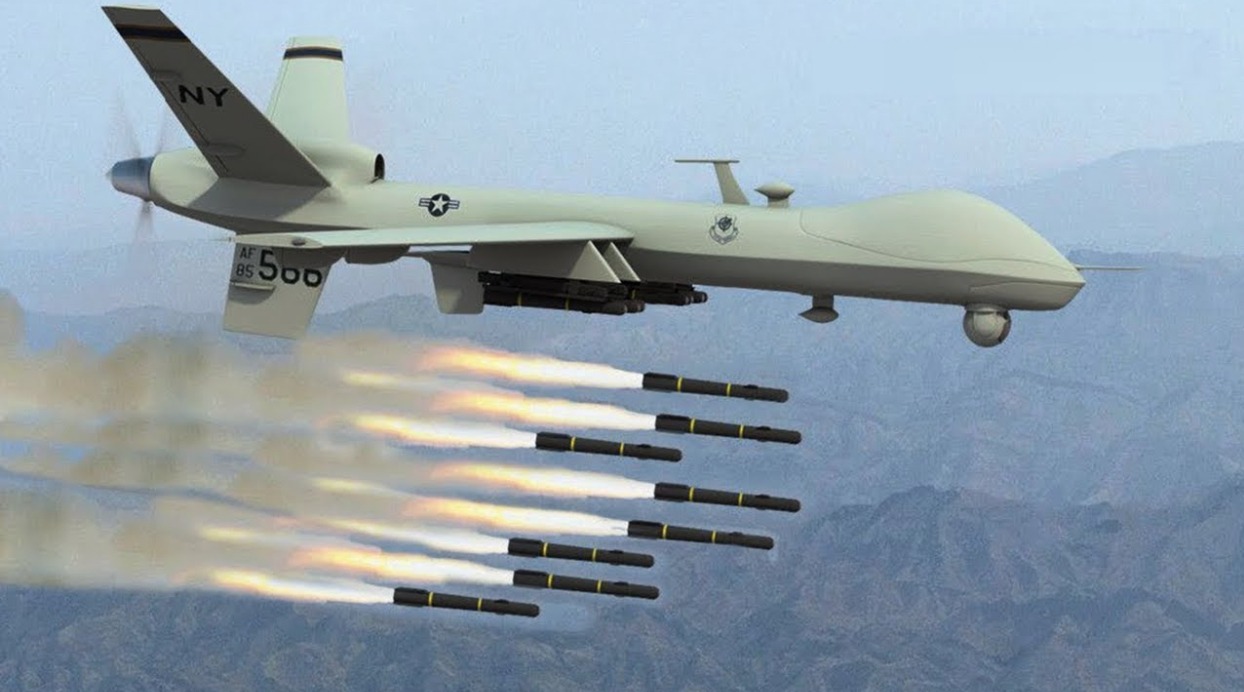Use of drones in military
Drones, also known as unmanned aerial vehicles (UAVs), have become an increasingly important tool for militaries around the world. They offer several advantages over traditional aircraft, including increased safety for pilots and the ability to operate in environments that may be too dangerous for manned aircraft.
What are the Types of Military Drones?
There are several types of military drones, each with its own unique capabilities and uses. Here are some of the most common types:
- Reconnaissance Drones: These are drones used for surveillance and reconnaissance purposes. They are typically small and lightweight, and are equipped with cameras and other sensors that can capture images and video footage.
- Combat Drones: These are drones that are designed to engage in combat. They can be armed with missiles, bombs, and other weapons, and are often used for targeted strikes against enemy targets.
- Target Drones: These are drones that are used as targets for training exercises. They are typically smaller and less expensive than other types of drones, and are used to simulate enemy aircraft or missiles.
- Logistics Drones: These are drones that are used for logistical purposes, such as transporting supplies and equipment to troops in the field.
- Swarm Drones: These are drones that operate in large groups or swarms. They can be used for a variety of purposes, including reconnaissance, surveillance, and combat.
- Stealth Drones: These are drones that are designed to be stealthy and difficult to detect. They are often used for reconnaissance and surveillance purposes, and can be equipped with advanced sensors and cameras.
Overall, military drones offer a wide range of capabilities and are becoming an increasingly important tool for modern militaries.
What’s next for Military Drones?
Military drones have already come a long way in terms of technology and capabilities, but there are several exciting developments on the horizon. Here are a few of the most promising areas of development for military drones:
Artificial Intelligence: One of the most promising areas of development for military drones is the use of artificial intelligence (AI) to enhance their capabilities. AI can be used to enable drones to make decisions and take actions autonomously, without the need for human intervention.
Swarming Technology: Swarming technology is another area of development that is expected to revolutionize military drone operations. Swarming drones can work together in large groups to accomplish complex tasks, such as surveillance or targeted strikes.
Improved Stealth Technology: Stealth technology is already used in some military drones, but there is still room for improvement. Advances in stealth technology could make drones even more difficult to detect and track, making them more effective for reconnaissance and surveillance.
Longer Endurance and Range: One of the biggest limitations of current military drones is their limited endurance and range. However, new developments in propulsion systems and battery technology could allow drones to stay in the air for longer periods of time and travel greater distances.
Overall, the future of military drones looks very promising, with many exciting developments on the horizon that could greatly enhance their capabilities and effectiveness in the field.
The Impact of Drones on Future of Military Warfare
The impact of drones on the future of military warfare is significant, and is already being felt in conflicts around the world. Here are a few ways that drones are changing the nature of military warfare:
- Reduced Risk to Human Life: One of the biggest advantages of drones is that they reduce the risk to human life. With drones, military forces can carry out operations without putting soldiers in harm’s way. This has the potential to greatly reduce casualties and save lives.
- Precision Targeting: Drones are also changing the way that military forces engage in combat. With their ability to hover and maneuver in tight spaces, drones can provide precise targeting and minimize collateral damage. This is particularly important in urban environments, where traditional airstrikes can cause significant civilian casualties.
- Enhanced Surveillance and Intelligence Gathering: Drones are also being used for enhanced surveillance and intelligence gathering. With their ability to stay in the air for long periods of time and monitor activity on the ground, drones can provide valuable information to military commanders, helping them make more informed decisions.
- Increased Efficiency and Cost Savings: Drones are also more efficient and cost-effective than traditional aircraft. They require fewer personnel to operate, and can be deployed quickly and easily. This can help to reduce costs and increase efficiency in military operations.
Overall, drones are having a profound impact on the future of military warfare. While there are still some limitations and challenges to overcome, drones are proving to be an increasingly important tool for militaries around the world.

